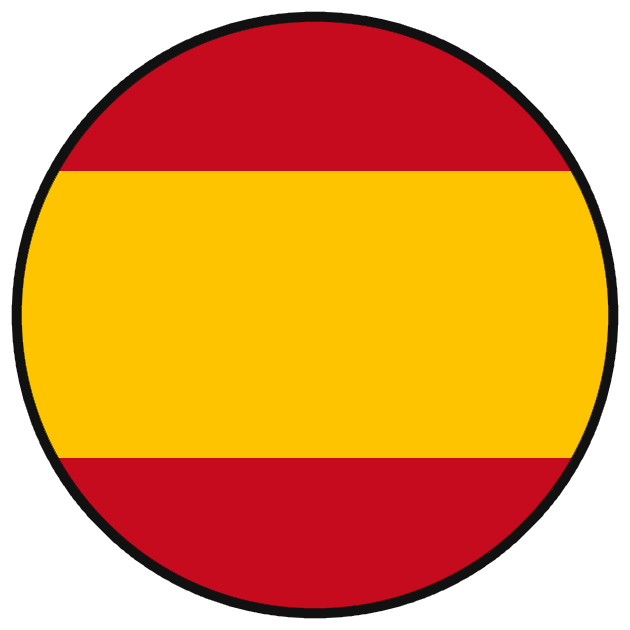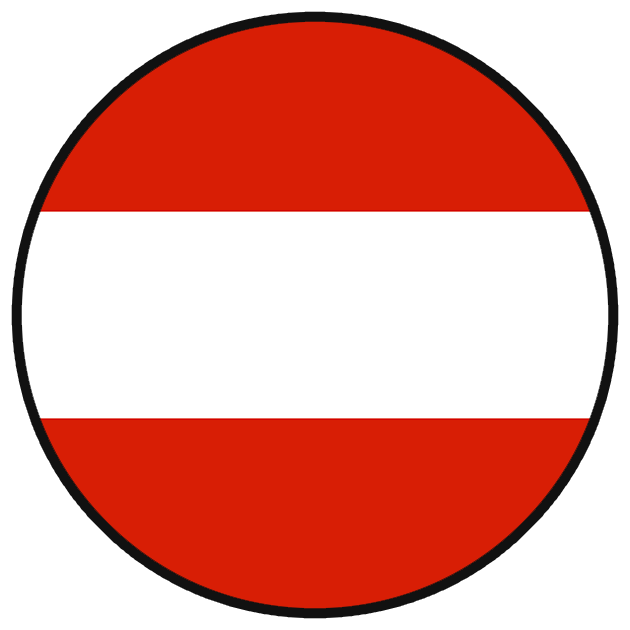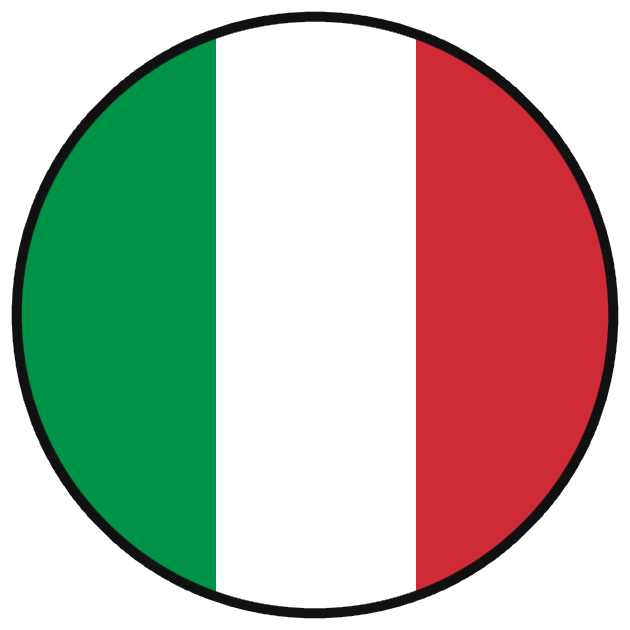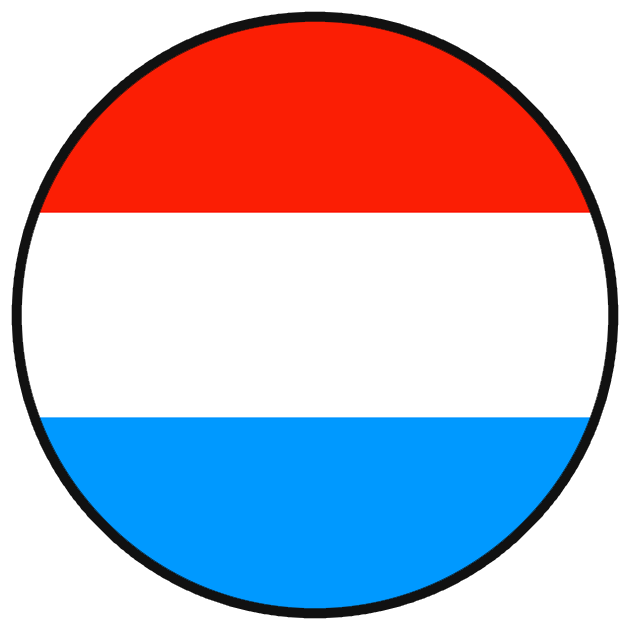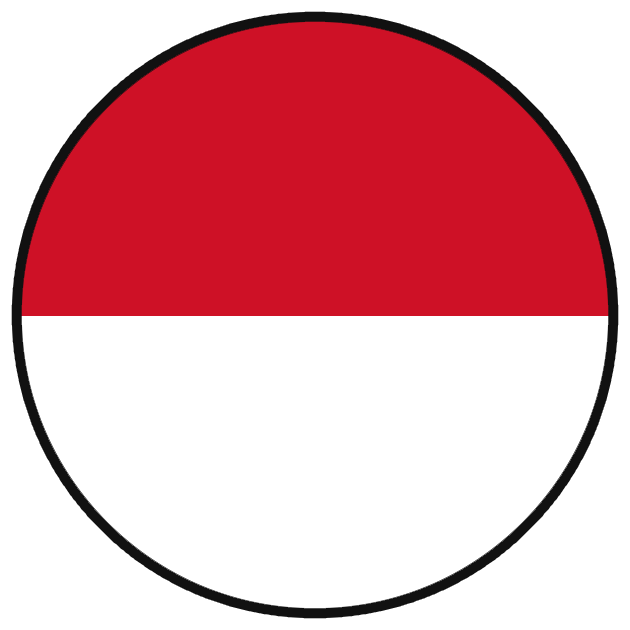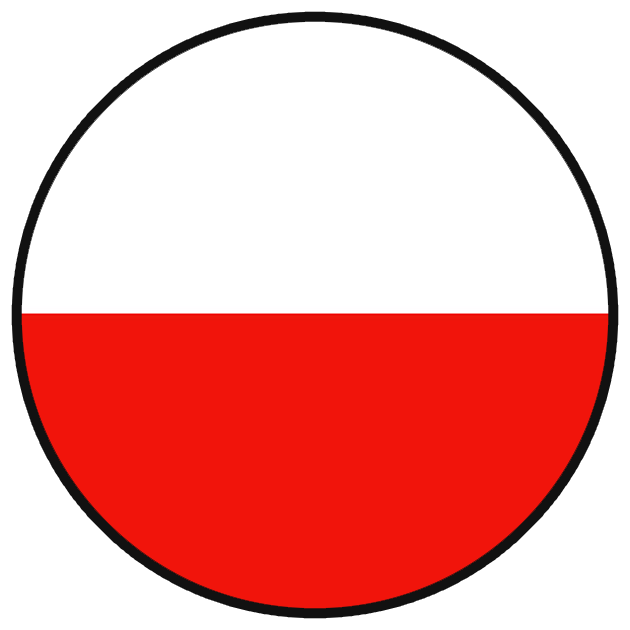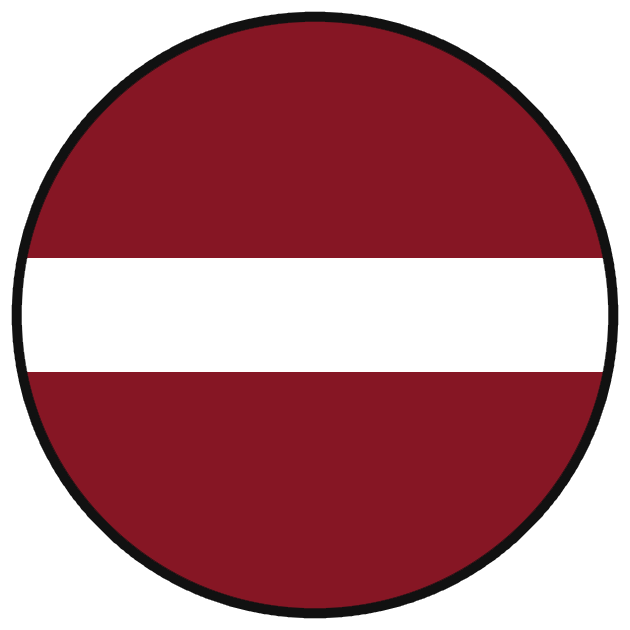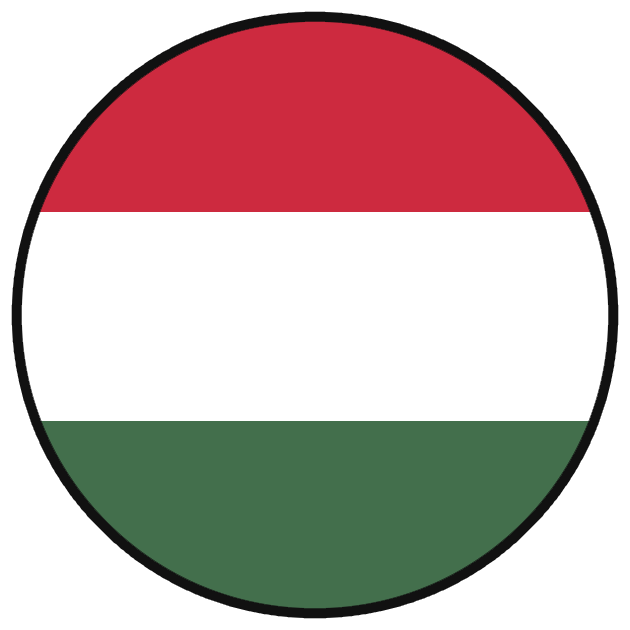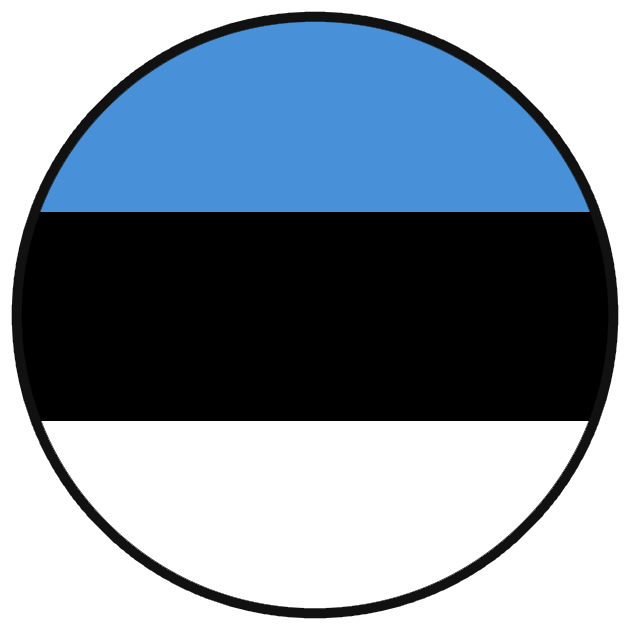What is Delottococcus aberiae or South African cotonet and how does it affect us? It is an insect that arrived from South Africa due to the lack of control of orange imports, and it is now causing damage to citrus fruits and economic losses to farmers in Europe.
It was first detected in Europe in 2009, and the lack of natural predators on our continent has allowed this pest to spread easily among orange groves.
What sort of damage is South Africa’s cotonet causing?
So far it is only causing a defect in the shape and colour of the oranges. When the oranges are in the growth phase and multiplying their cells on a daily basis, the cotonet settles on the peduncle and breeds there, preventing the fruit from growing as it should.
The damage is caused by both larvae (male and female) and adults (female) that feed on the phloem of the fruit, leading to discolouration and deformation.
Population control is very difficult to carry out, and the spread is very difficult to anticipate ahead of time, as females lay ovisacs which literally explode, releasing hundreds of larvae at once.
How are we controlling it?
Our farming philosophy is not to eliminate pests but to understand their dynamics and natural enemies. Our aim is to control the population by using other insects. This is the pest we are studying the most, although we recognise that we do not yet have a good understanding of its behavioural dynamics.
We have built an insectary to breed Cryptolaemus which has proved to be a natural enemy. Last year we released adult Cryptolaemus, but it was not very effective because they did not stay in the area where we had infested fruit. This year we are going to try with Cryptolaemus larvae by locating them in the fruit where we see the pest.
In El Verger de Alicia this spring, we managed to control the population with treatments based on microorganisms (mainly fungi) that colonised the pest. However, last week when we were doing counts, we saw that its presence did not depend on the areas where treatments were carried out or where its natural enemies were released. What is clear is that it prefers orange trees to clementines, probably because the fruit size is better suited to its cycle.
In the end, there is no single solution to a pest like this, but rather one that involves trying to adapt to its cycle, understanding its behaviour, and testing which actions have the best effect at one time or another. We are now carrying out population counts to identify what is most effective.
Reflection
Bringing fruit from distant countries not only causes environmental damage in terms of carbon footprint, but also in terms of pests such as this one that spread rapidly due to the lack of natural enemies.





 My account
My account 











